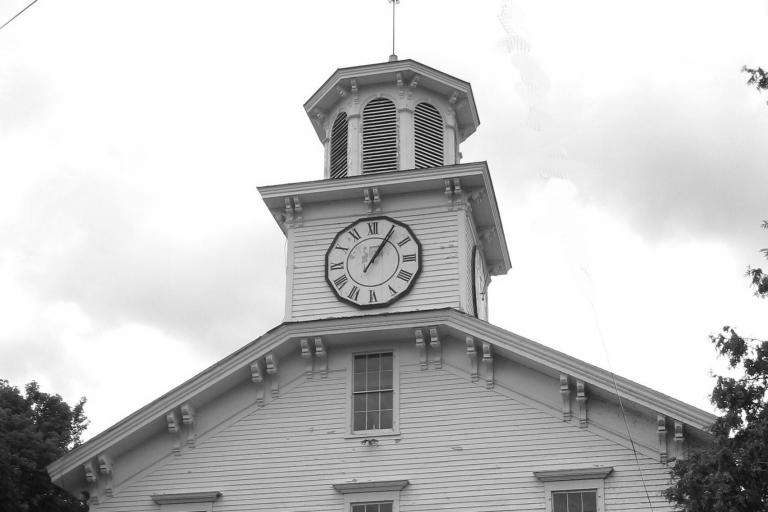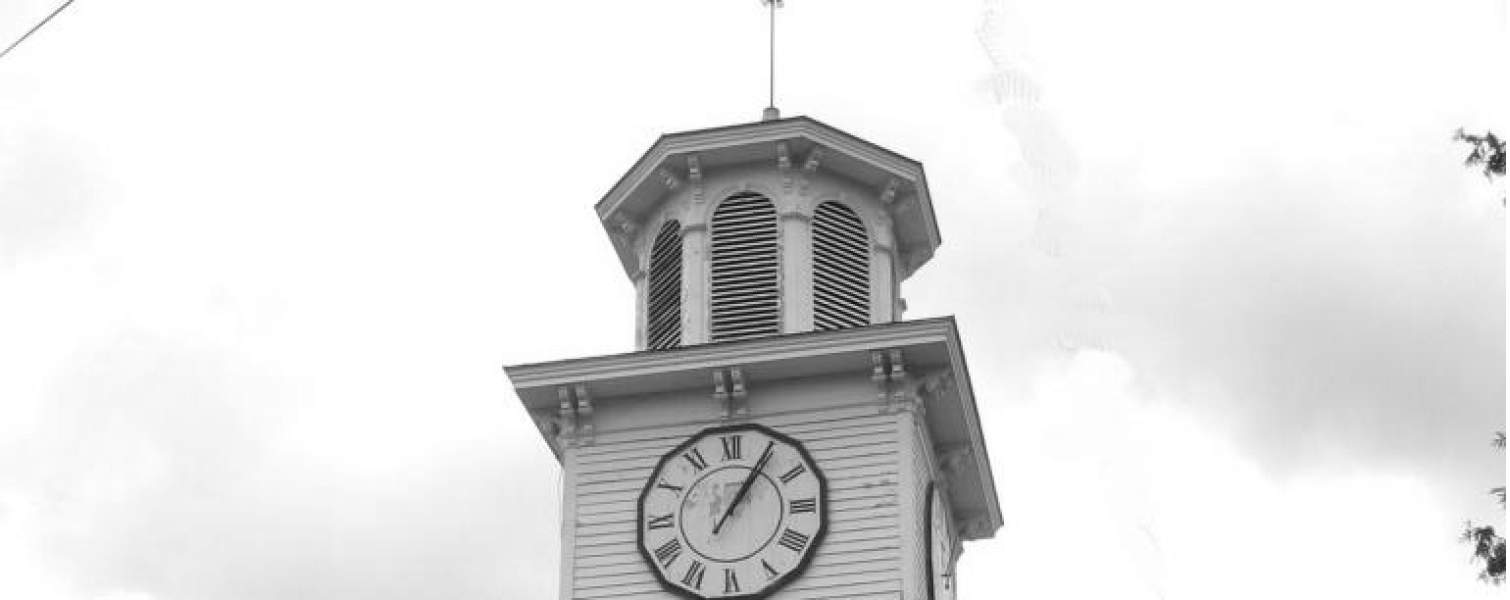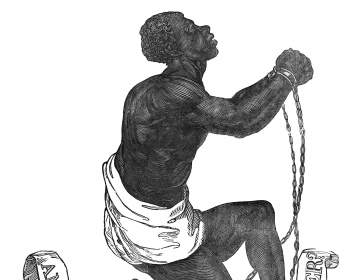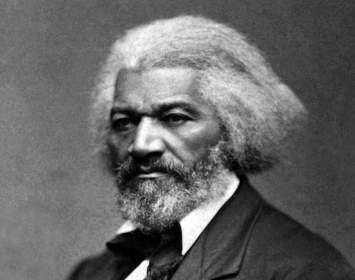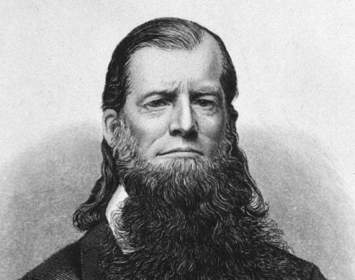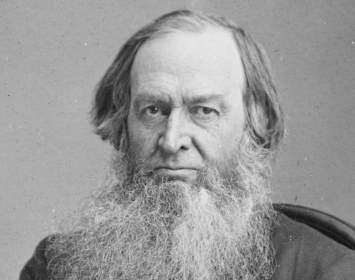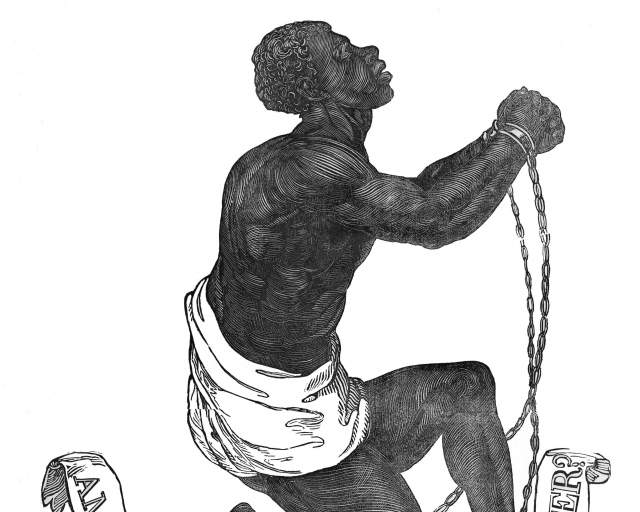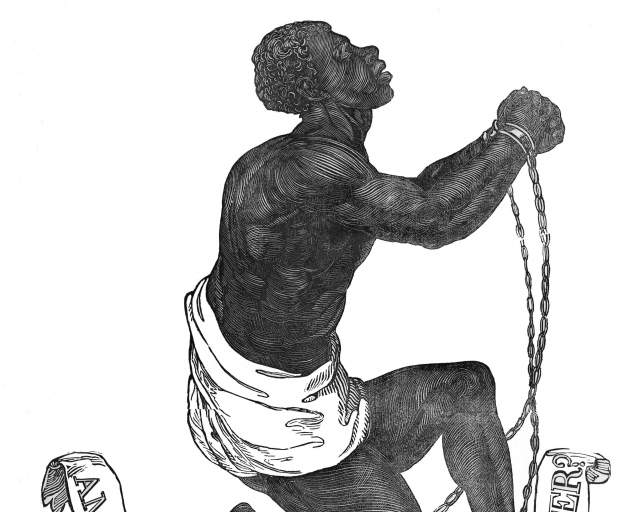The National Abolition Hall of Fame and Museum occupies the upper floor of a former church, which now also houses the Town of Smithfield community center and its town clerk’s office.
1835 Antislavery Meeting. On October 22, 1835, it was the site of the first complete meeting of the New York State Anti-Slavery Society, orchestrated by Gerrit Smith, the Peterboro-based reformer and philanthropist who would emerge as a champion of the abolition movement. Some three to six hundred delegates traveled by boat, coach, cart, and on foot from Utica, where on the previous day the same meeting had been broken up by a mob.
Among those in attendance were abolition activist James Caleb Jackson, later a quack physician and, more respectably, a leader in the dress reform movement; and prominent abolitionist minister Beriah Green. (Green would later officiate at the 1843 wedding of Smith's daughter, Elizabeth, to Charles Dudley Miller.)
The near-riot in Utica, coupled with Smith’s experience of leading the Peterboro meeting the next day, prompted him to give up his advocacy for colonialism—the return of enslaved blacks to Africa—and call for the immediate abolition of slavery. This position was called "immediatism."
Because of this event—and Smith’s activism—African American abolitionist Henry Highland Garnet wrote: “There are yet two places where slaveholders cannot come, Heaven and Peterboro.” Frederick Douglass published this comment on the front page of his Rochester-based abolition paper The North Star on December 8, 1848.
1842 Abolition Convention. This site is also believed to have been the venue for a New York State abolition convention that Gerrit Smith organized in Peterboro on January 19 and 20, 1842. It is unclear how many attended the convention or who spoke, but the anticipated turnout was large enough that Smith appealed to all residents of Peterboro to assist in lodging convention-goers.
The Building and Site. The structure was erected in 1820 as the Presbyterian Church of Smithfield. In 1843, Gerrit Smith, his wife, and twenty-five others withdrew from the congregation. Sources disagree as to whether this was in protest because the church refused to declare slavery a sin or because the protesters objected to sectarianism. (Smith founded a radically nonsectarian Christian church in Peterboro shortly afterward.)
In 1868, the church disbanded; three years later Smith purchased the building and modified it to house the Evans Academy, a private school. In 1896 the school became Peterboro Union School, a public school; from 1938 to 1968 it housed the Peterboro Elementary School. In 1974 the structure was repurposed as the Smithfield Community Center.
In 1994, the building was added to the New York State and National Registers of Historic Places. In 2004, it was designated as a site on the New York State Underground Railroad Heritage Trail. In 2004, it became the home of the National Abolition Hall of Fame and Museum.
The Hall of Fame periodically inducts persons of great historic importance in the antislavery movement. Also it is open to the public Saturdays and Sundays 1 p.m. to 5 p.m. with a variety of exhibits and interpretive displays. An impressive orientation video, projected on the walls of the ground-floor front vestibule, provides a sound introduction to the history of the abolition movement.
Peterboro is a significant center of abolition and woman's suffrage (nineteenth-century practice was to use the singular, woman's; later practice was to use the plural, women's) history; further information is available here.
Associated Causes
Associated Historical Events
First New York State Antislavery Meeting
October 21–22, 1835
New York State Abolition Convention
January 19–20, 1842
